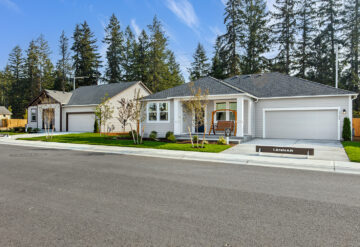At the halfway point of 2015, David Crowe, Chief Economist for the National Association of Home Builders, reviews the first half of the year for the housing market and notes that “there are many positive signs suggesting a better second half and beyond.”
Starting with the economy, the first quarter turned negative, but the second quarter likely will reverse that and the second half is staged for even better growth.
Basic housing market conditions remain fertile for growth. Mortgage rates are low by historic standards and while they’re expected to rise as the economy grows, rates will remain affordable. Access to credit has constrained home buying, but some changes have been initiated that should attract more buyers to the closing table – especially first-time buyers.
The need for additional homes comes primarily from newly formed households. Existing households can move from one place to another, but that does not increase the total number of homes needed (with some exception to that rule if the change involves a move from a high- to low-vacancy market). But young people moving from their parents’ homes into their own space does increase the total number of homes needed, and if they are first-time buyers, it increases the number of single-family homes needed (which is what most first-timers buy). The good news here is that for the first time in nine years, household formations have exceeded 1 million. Rising household formations mean rising housing production, especially since vacancy rates also are back down to more normal levels. As this revival in living independently evolves, many of these young adults will turn back to homeownership and increase the demand for more single-family homes.




